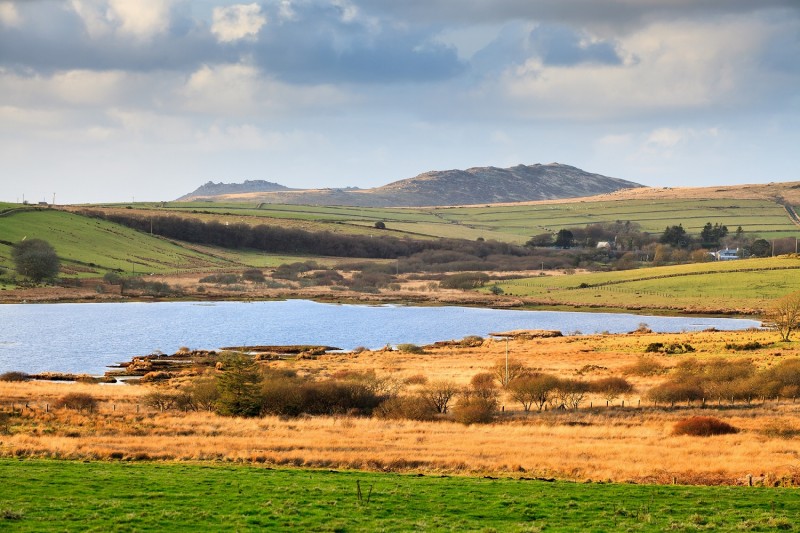
Brown Willy is a must see when visiting Cornwall. Standing 1,378ft above sea level offering magnificent views of Bodmin Moor and the china clay hills around St Austell. A magical and mystical place, just four miles from Camelford. The dramatic landscape with desolate moorland punctuated by granite boulders dotting the hills is great for walkers and explorers.
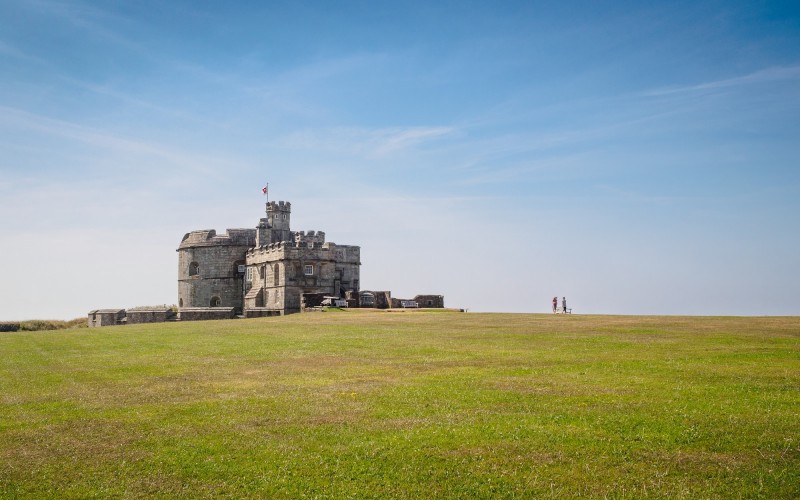
Pendennis headland offers 360 degree views over the town of Falmouth, the River Fal and the Carrick Roads estuary and far out into the Atlantic. Henry VIII ordered the building of Pendennis Castle with its four-storey tower – a companion piece for his St Mawes Castle on the opposite side of the river. Pendennis is one of the finest examples of surviving coastal forts and it has played a vital role protecting Cornwall - and the country - against invasion by sea, and later air.
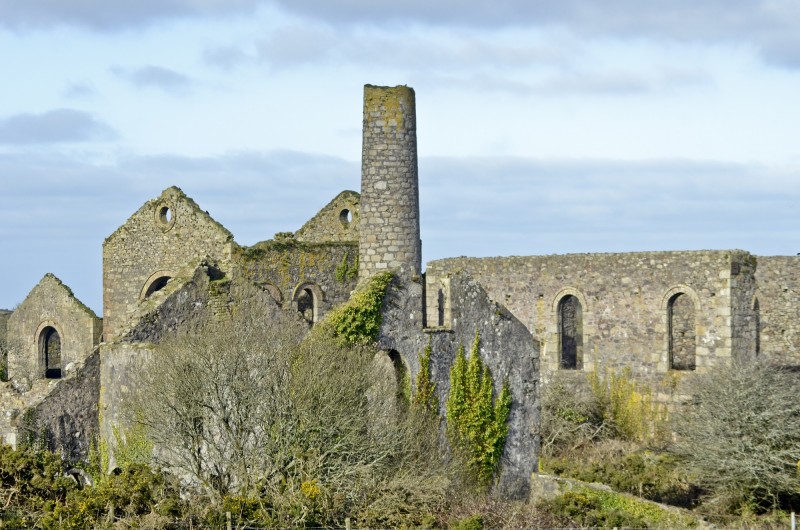
The Great Flat Lode is a seven-mile trail through some of the world’s best preserved mining landscape. Circling Carn Brea, where evidence of Neolithic settlements has been found, it is accessible to walkers, cyclists and horse riders as part of Cornwall’s Mineral Tramway Trails. Along the way you’ll see plenty of evidence of Cornwall’s tin mining past in well preserved engine houses - including the works at South Wheal Frances and the famous South Crofty – Cornwall’s last tin mine.
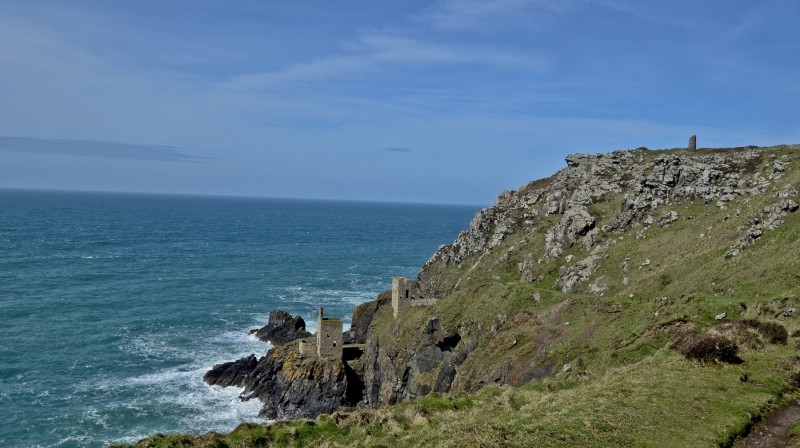
Visit Botallack Mine and see engine houses perched precariously on the Crown Rocks with the waves crashing below. The amazing location of Botallack mine impresses with the view and then reminds you of the harsh conditions miners worked in to retrieve tin and the arsenic which was also found here. At the centre of operations is The Count House where the men would go to be paid for their labours – the building now houses a fascinating exhibition all about tin mining.
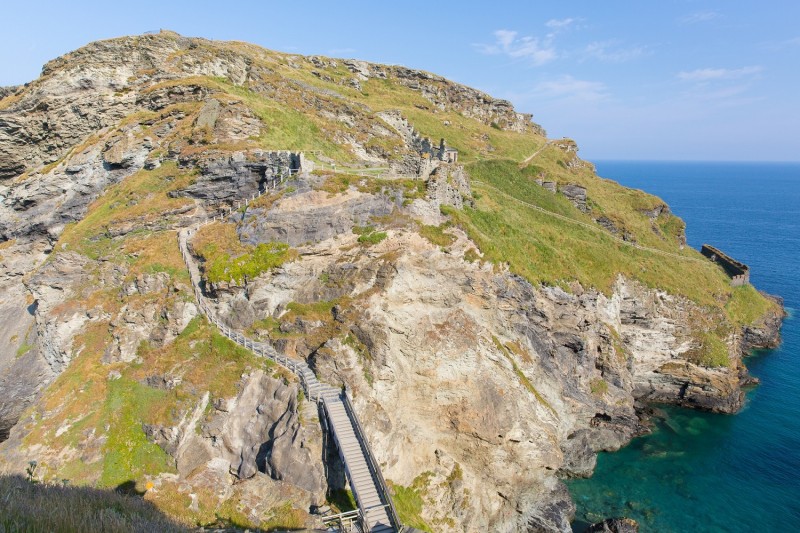
Arriving at Tintagel Castle sets the scene for a dramatic encounter. Steps hewn from the hillsides lead you down the cliff-face where you cross the narrow bridge which joins the rocky outcrop with the mainland. Then you enter through a gate which takes you into the remains of the Great Hall of the castle built in the 1230s by Richard, Earl of Cornwall and the younger brother of Henry III. At low tide you can head to the beach and visit Merlin’s Cave which was discovered in the 19th century.
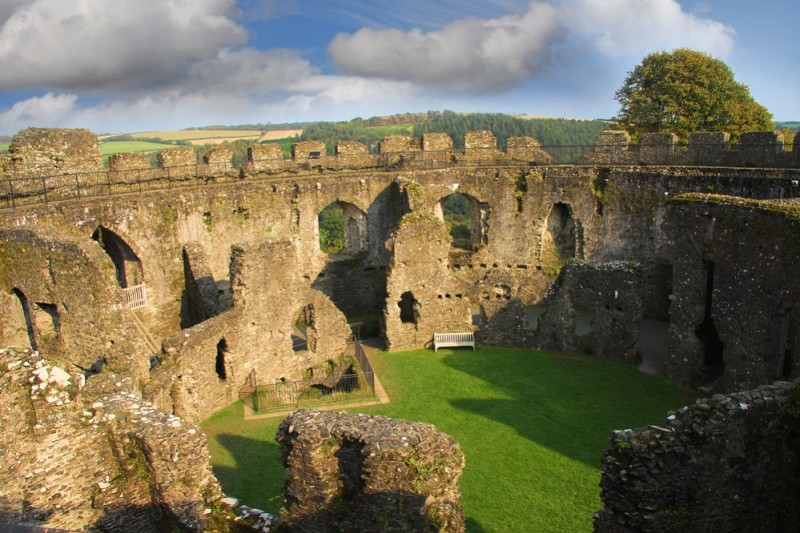
Restormel is one of the four surviving Norman castles of Cornwall (the others being Tintagel, Launceston and Trematon). It was built in the 13th century in a perfect circle, originally to a motte and bailey design although some of the keep has been lost. The Black Prince is said to have visited twice, but the castle was only once under siege, during the Civil War of 1644. It was later abandoned and fell into ruins, although much of the original castle remains today.
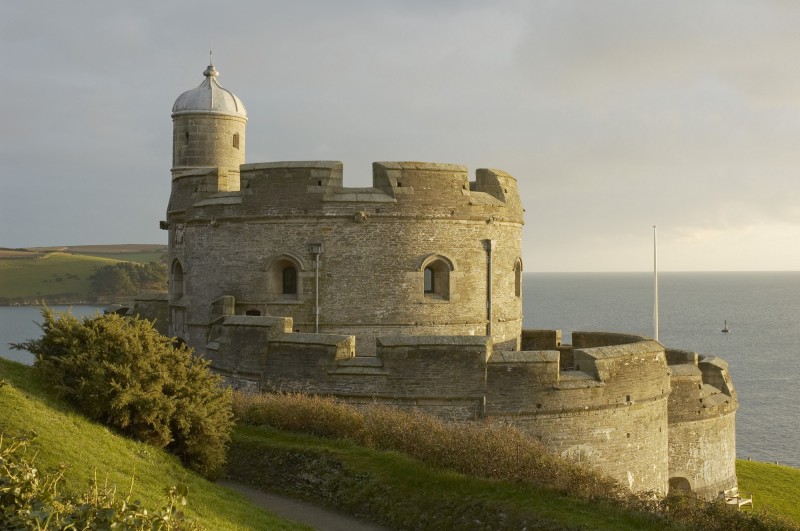
Cross an ancient bridge and, beneath the Tudor coat of arms with the royal lion and a griffin, step back into the past at Henry VIII’s St Mawes Castle. Built between 1539 and 45 to protect England against a Catholic French or Spanish invasion, this beautiful castle has changed little over the centuries and is one of the best preserved forts on the English coastline.
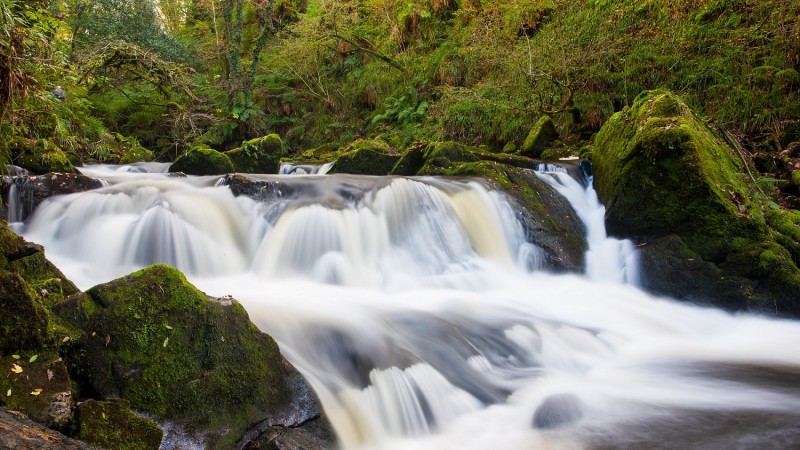
An ancient oak forest, a steep valley gorge along which the River Fowey flows with waterfalls and dramatic cascades and a rich collection of flora and fauna. Golitha Falls is a Site of Special Scientific Interest and an Area of Outstanding Natural Beauty which is managed by Natural England. The conditions are perfect for woodland favourites including bluebells, wood anemone, moss and lichens and encouraging moths and butterflies. Species of brown long-eared and lesser horseshoe bats have been recorded here and there are stocks of river salmon and sea trout. If you’re lucky, you might see otters playing in the waterfalls.
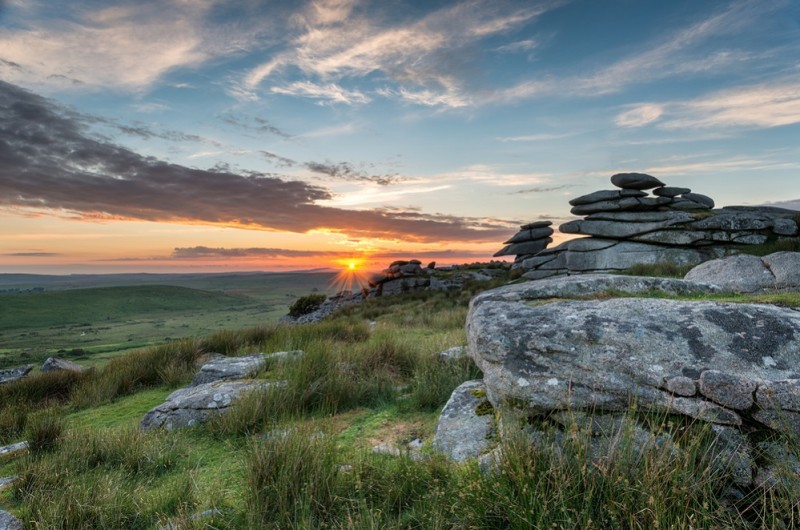
The Cheesewring, a 30ft-wide pile of flat gravity-defying granite boulders believed to have been shaped over thousands of years by glacial movements and erosion. Another must see when exploring the Moor are The Hurlers in the village of Minions, Cornwall’s highest settlement - three stone circles believed to date back to 15000BC.
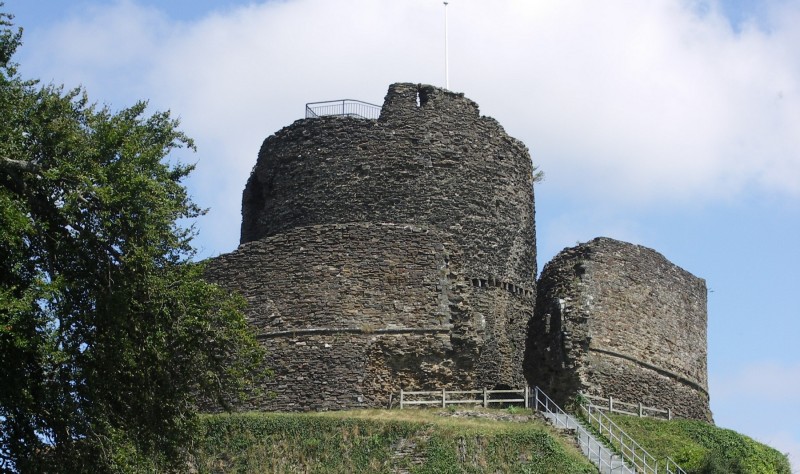
Launceston Castle is a very fine example of a Norman Motte and Bailey fort. The unusual round tower of the keep was built after the Norman Conquest in the 13th century and commands impressive views. Once occupied by Richard, Earl of Cornwall, it fell into disrepair. Today the bailey remains, although the building itself is long gone, and you can walk around the motte battlements.